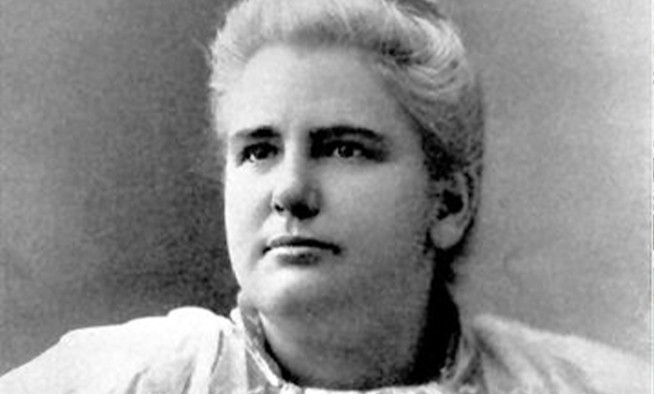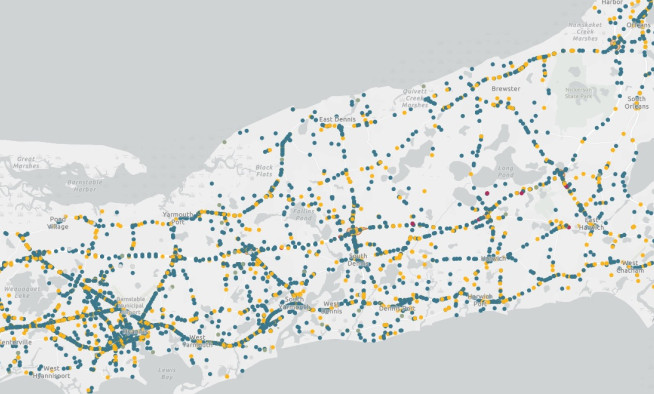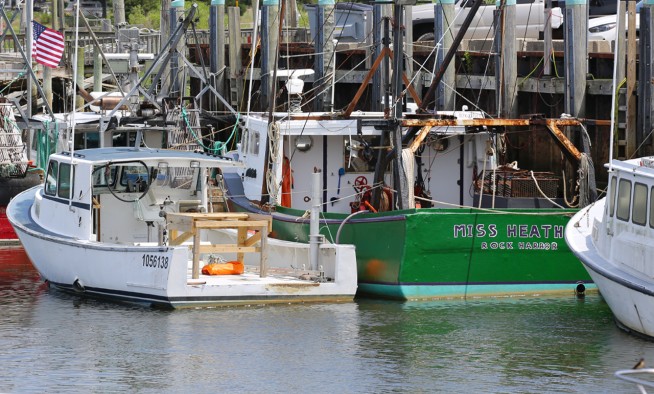Future of Hyannis starts with its past
Published in Cape Cod Times, December 1, 2017
By David Still II
1970 was a turning point for Hyannis, both downtown and in the emerging yearround economic center on Route 132.
The watershed event was the opening of the Cape Cod Mall in what was a largely undeveloped triangle between routes 132 and 28. It attracted new, nationallevel businesses and retailers ready to meet the growing yearround demands of the Cape’s burgeoning resident and seasonal populations.
Businesses that relied on the concentrated activity Main Street offered were among the first mall tenants. Sears and Woolworth moved their yearround customers to Route 132. Filene’s was a long-standing seasonal store, but made the move to year-round as the premier anchor. 1970 was also the year that Cape Cod Community College moved out of its original home in what’s now Town Hall to a brand-new West Barnstable campus, with easy access just off Exit 6.
At the same time, Barnstable’s population exploded into new homes farther from Hyannis. Thousands of new residents, unburdened by nostalgia, embraced the easy access and shopping Route 132 offered.
In the years that followed, downtown businesses and property owners worked to redefine themselves and the area itself. They had to introduce themselves to the newcomers and learn how to function as a local downtown after being the regional hub for more than a century. The work began almost immediately, but would take decades to coalesce. By the end of the 1990s, the downtown business community unified in the Main Street Hyannis Business Improvement District. A majority of property owners elected to assess an extra percentage on top of their town real estate taxes to support and improve the downtown.
But it wouldn’t be until the town of Barnstable itself focused its resources on Main Street improvements that revitalization gained sustainable momentum. Adoption of the Hyannis Growth Incentive Zone, or GIZ, in 2006 articulated this vision through focused zoning, regulatory relief and a commitment of municipal investment to support redevelopment activity. The GIZ emphasizes bringing people back downtown to live, work and play. A GIZ is a Cape Cod Commission designation to direct development and redevelopment into areas with existing development and adequate infrastructure, and away from sensitive resource areas. Through so designated zones, towns can strengthen economic centers by encouraging a concentrated mix of residential and commercial uses while ensuring that all growth is properly served by adequate infrastructure. Barnstable invested millions of local, state and federal resources on downtown infrastructure, literally paving the way and lowering barriers to new private investment. The forward-looking investments and regulatory certainty that readied Main Street for private investment is among the missing pieces for a fully realized Route 132. It’s an irony of time that the area that redefined the regional hub now needs redefinition. It’s important to address both areas together. Each informs the other. The two areas are complementary commercial hubs with different economic purposes and unique obstacles.
The 10-year reauthorization of the Growth Incentive Zone offers an opportunity for a holistic review of Hyannis. The commission is working with Barnstable’s Growth Management Department and a working group of councilors and town staff to address these issues for 2016 and beyond.
Understanding the neighborhoods that connect, separate and surround Route 132 and the downtown should assist the town as it addresses the social issues that come with being a regional destination. Hyannis remains the center for social needs and services for the urban issues such centers unavoidably face.
A broad public process is underway for the downtown, Route 132 and the neighborhoods that connect them. It starts with collecting baseline information and opinions about Hyannis through an online survey.
It is open to everyone who uses Hyannis in one way or another. Everything is on the table, from housing options, land use and infrastructure needs to economic opportunity and social challenges. How Hyannis developed in the past will inform the future.
— David Still II is communications coordinator for the Cape Cod Commission.
Related Posts




